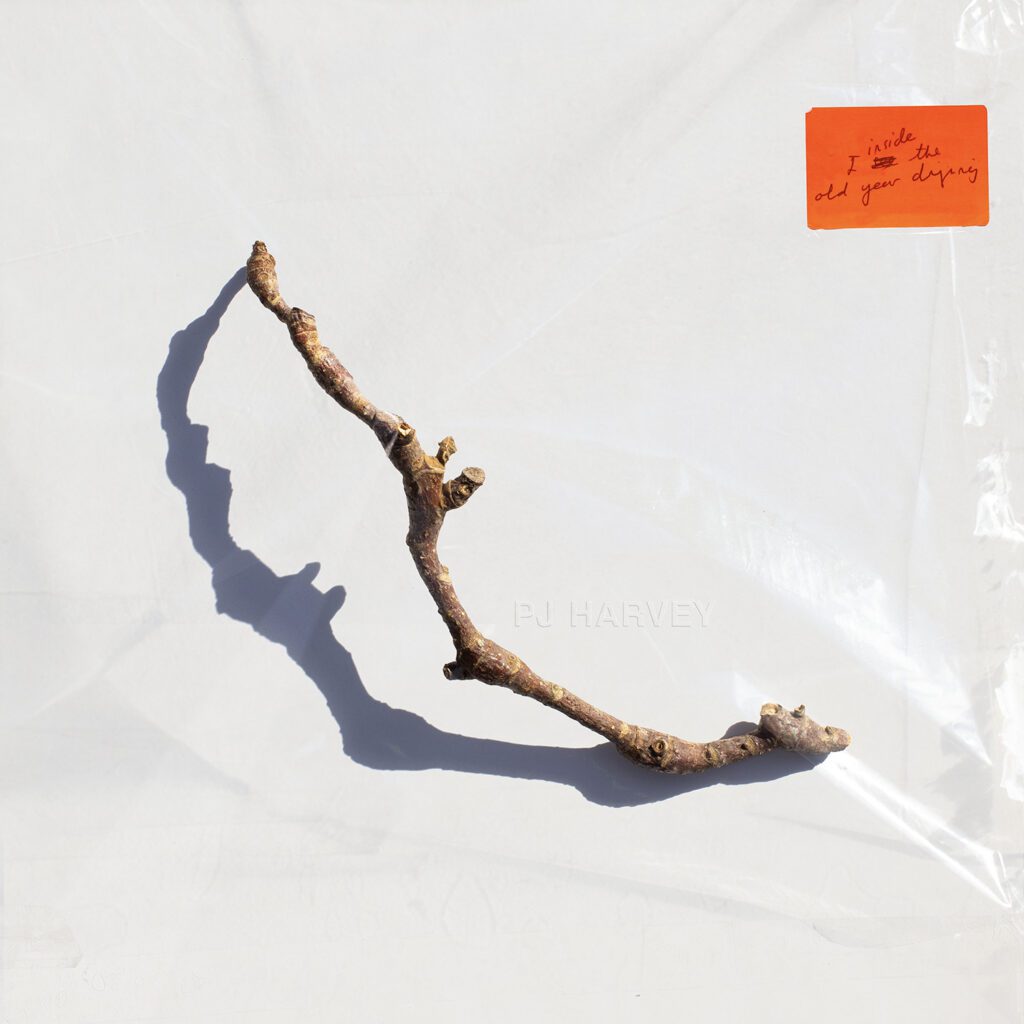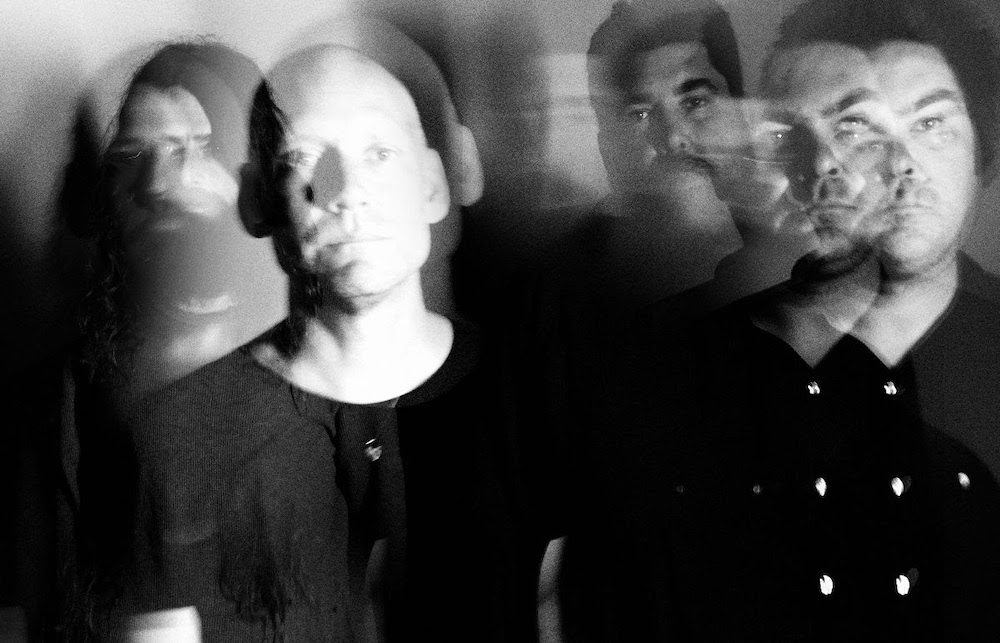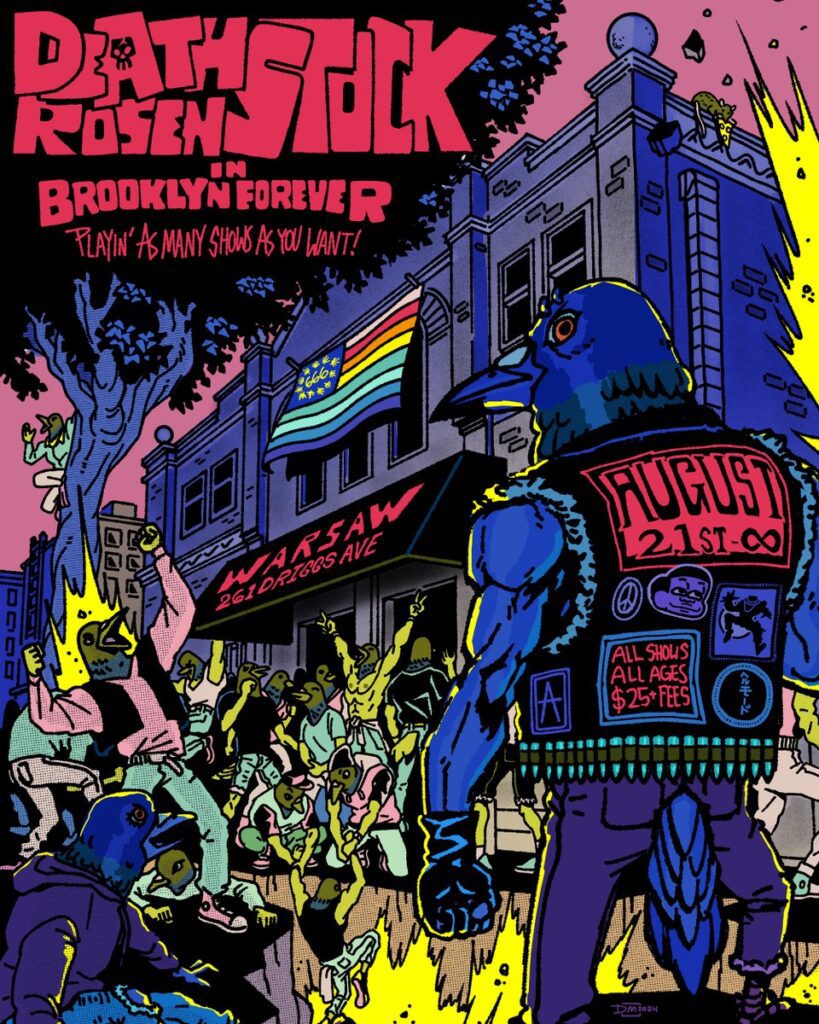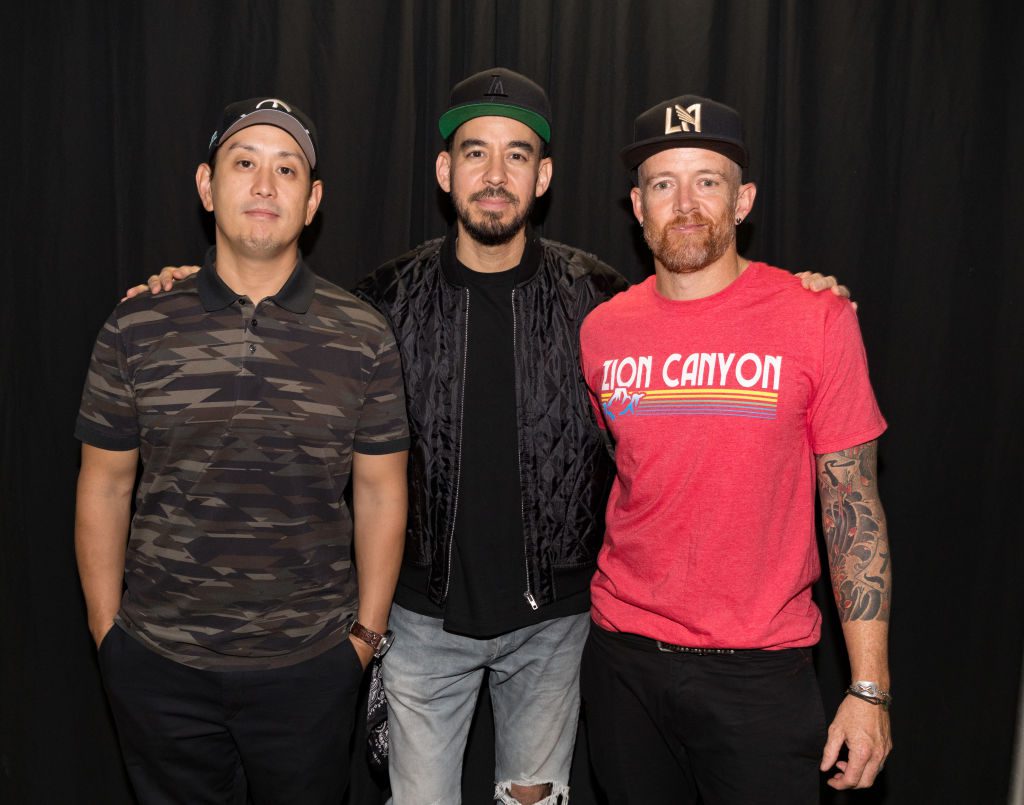
An artist’s initial work often sets the tone for how they’re perceived for the rest of their career. So it went with PJ Harvey: Her electric early ’90s albums Dry and Rid Of Me established her as a ferocious guitarist and vocalist who chronicled womanhood with unapologetic candor — a reputation that has stuck with her, to some extent, ever since. But during a career that now spans more than three decades, Harvey has intentionally detonated any attempts at being boxed in; she’s explored avenues like bewitching alternative rock (1995’s To Bring You My Love), crunchy glam (2000’s Stories From The City, Stories From The Sea), and antique piano compositions (2007’s White Chalk). If anything, the fervent rawness of her first records now seems like a mere starting point, not a defined pathway.
Accordingly, Harvey’s tenth studio album, I Inside The Old Year Dying—her first proper solo album since 2016’s The Hope Six Demolition Project —is less of a career sharp turn than it is a soft bend in the road. Although she and long-time collaborators Flood and John Parish were determined to create something that didn’t repeat past work, the musical approach and vibes build on the foundations of her previous albums.
Meticulous arrangements abound, driven by moody melodies, sparse beats, and Harvey’s expressive vocals. The instrumentation is also precise and deliberate; every note and sound are clearly used to enhance the music’s emotional impact in very specific ways. Prominent drums exude stretched-out funk on “Autumn Term”; “All Souls” is extra-minimalist electro sighing with muffled piano and galloping beats; droning guitar and glitchy drums give “The Nether-edge” an uneasy edge.
At the same time, I Inside The Old Year Dying is nearly impossible to squeeze into one genre or mood. The album exists in a liminal space between sounds and worlds, hinting at (but never quite alighting on) folk, electronic, gothic, post-rock, and orchestral music. That’s partly because of Flood’s production style, which always aims to envelop listeners in lush, twilight atmospheres, but also because Harvey mixed field recordings and sounds from audio library archives with standard instrumentation. “I definitely hoped that I could sort of be in every era and no era all at the same time,” she told The Guardian.
I Inside The Old Year Dying arrives as Harvey has expanded the scope of her creative output in recent years. She unlocked her vault and released dozens of demos in tandem with reissues of her back catalog. She wrote original music for theatre productions and the TV miniseries Bad Sisters. For good measure, she also penned a collection of poetry, 2022’s Orlam, that doubles as the lyrical source material for I Inside The Old Year Dying. Set in Dorset, England, the poems follow a nine-year-old girl named Ira-Abel as she experiences a pivotal, transformative time in her life.
In contrast with the political and social critiques found on The Hope Six Demolition Project, the new album resembles a classic epic poem you might read in a college English class, or a kinder, gentler Grimm’s Fairy Tale. (The album’s first line even feels like the beginning of a story: “As childhood died the new-born year/Made the soldier reappear.”) I Inside The Old Year Dying’s lyrics are dense and challenging. Using elegant, poetic language that has its own vernacular, Harvey weaves together various thematic strands: new beginnings, jarring endings, tentative rebirth, and loving explorations. In a nod to the disorienting experience of growing up, the imagery is both fanciful and eclectic; it references both “chalky children of evermore” and Elvis Presley’s “Love Me Tender” and incorporates references to vivid, dream-like characters.
Fittingly, Harvey’s vocal approach on this album feels otherworldly. Gone is her forceful and familiar delivery; in its place she employs dramatic falsetto (“Prayer At The Gate”) and a soaring wail (“August”), becomes a conspiratorial narrator (“All Souls”) or takes a casual and conversational tone (“Seem An I”). On “I Inside The Old I Dying,” Harvey even channels the cracked croon of her one-time collaborator Thom Yorke, while Ben Wishaw shades Harvey’s voice tenderly on two songs, “August” and “A Child’s Question, August.”
What’s most striking is that Harvey sounds different from song to song, as if she’s inhabiting different characters in each one. These vocal shifts were another deliberate choice, “Any time I seemed to be singing in what they would call my PJ Harvey voice, it was vetoed,” she said in the album’s press materials. The cynical take on this decision is that she’s running away from her strengths for the sake of change. A more charitable (and correct) reading is that I Inside The Old Year Dying is best considered as a collection of discrete musical vignettes.
Speaking to The Guardian, Harvey once again stressed that Flood and John Parish shared her desire to push into new territory. “None of us are interested in treading over the same ground, and the more you’ve worked together, the harder that is. The more songs I’ve written, it’s harder to write songs because I so often start something and think, well, mm, that’s a bit like that song I wrote in 1996.”
Given what a rich, engaging back catalog Harvey has, it can be frustrating that I Inside The Old Year Dying doesn’t have more callbacks to her sonic past. In fact, the album ends with a trio of songs that do channel some of her best moments, starting with the ghostly, Is This Desire?-esque “August” and the playful-but-ominous “A Child’s Question, July.” I Inside The Old Year Dying then ends with “A Noiseless Noise,” which feels like a particularly strong echo of her early days: Discordant guitar and pounding drums give way to a quieter moment where Harvey sings poignant lines (“Just a noiseless noise/ Just a gawly girl/ Just a bogus boy”) that hint at gender nonconformity.
However, Harvey’s music always reflects where she is now in her life—not where she’s already been or where we’d like her to be. That’s a deeply admirable place from which to create. In fact, she’s pulled off quite a feat making reinvention the aim of her career. It’s certainly a far more challenging— and enriching — way to make music and be an artist, and equally exciting from the listener perspective. I Inside The Old Year Dying demands close attention and full concentration, as its surprises and gifts are revealed over time.
“I definitely go through times where I wonder if I still have the ability to write the songs I dream of writing,” Harvey told The Guardian. “Am I still any good? Have I still got it? But I’ll keep having a go. And usually, if I persevere, I can get there.”



